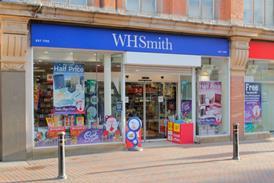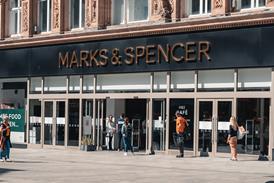Analysis: Can partnerships solve the issues created by large store estates?

As Sainsbury’s and Argos team up to make better use of their store estates, Retail Week looks at the deal’s prospects of success.
Already have an account? Sign in here



















